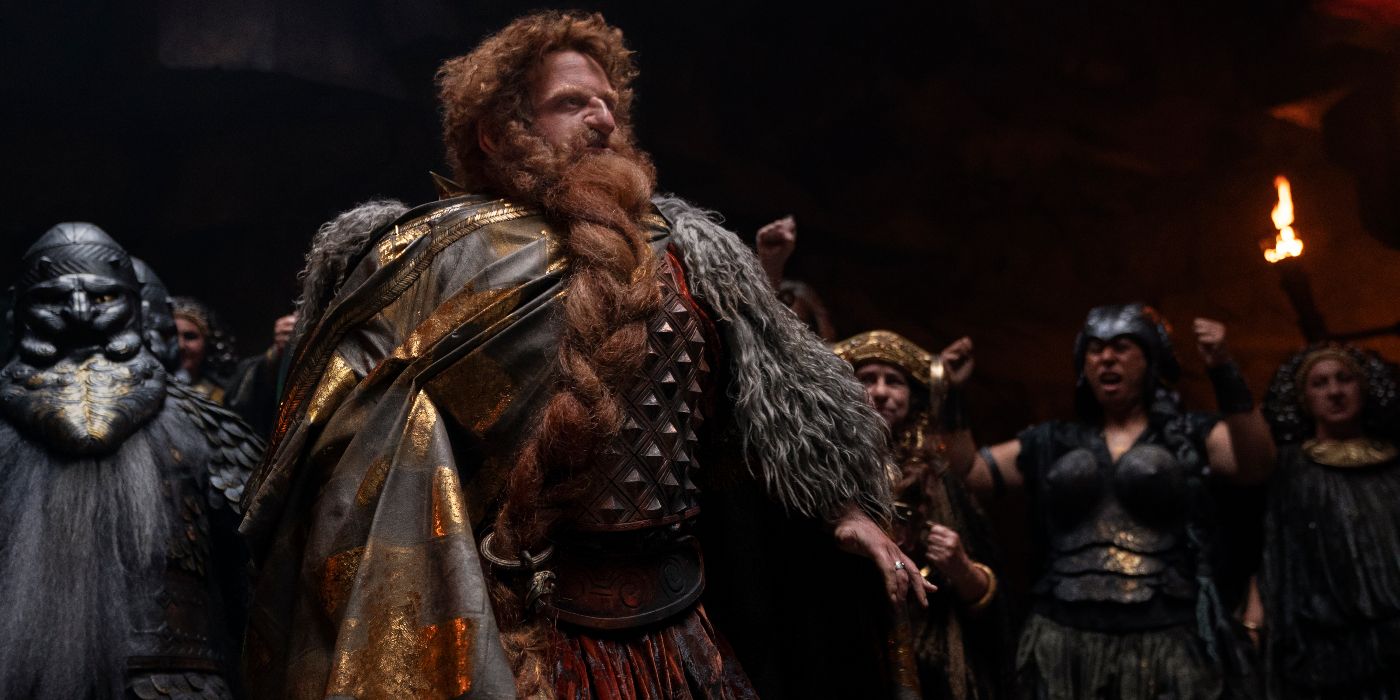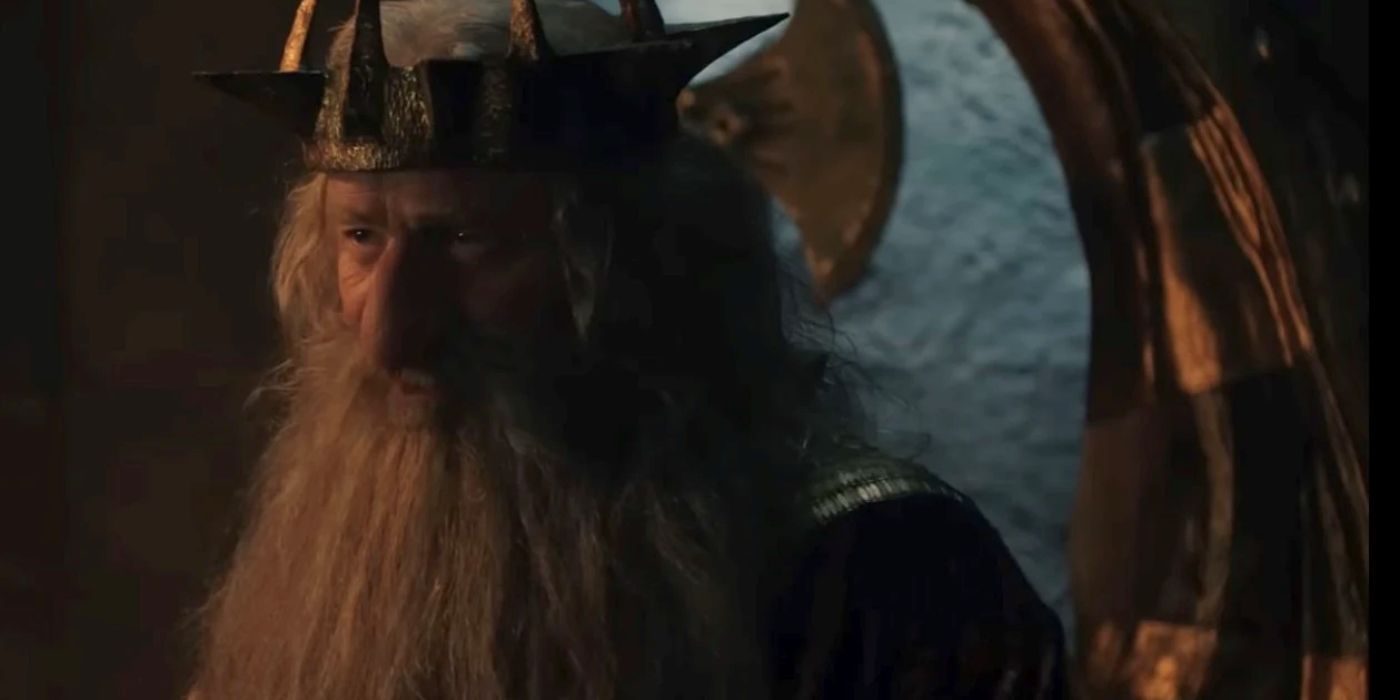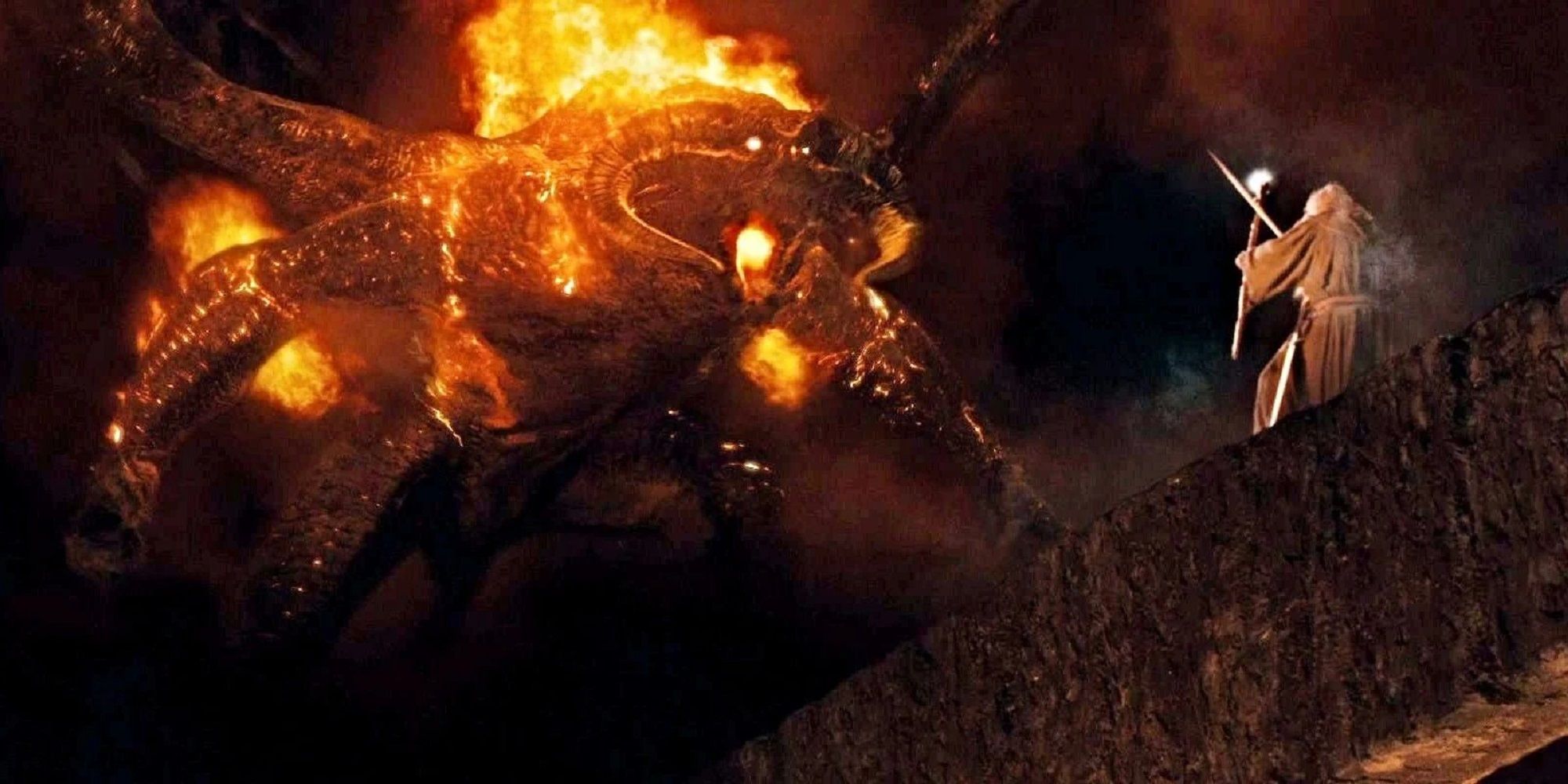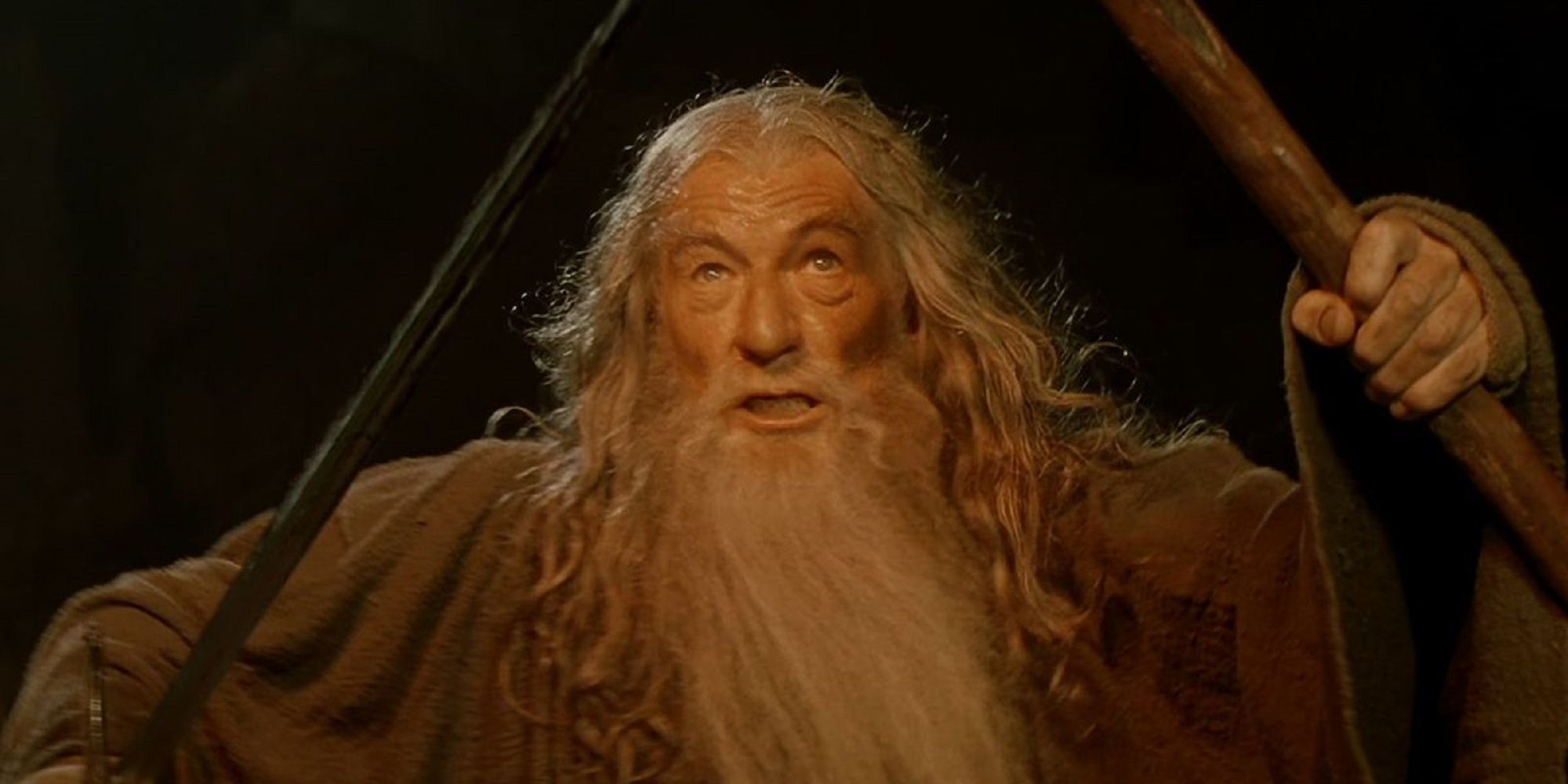Editor's Note: The following contains spoilers from J.R.R. Tolkien's writing and The Rings of Power.Peter Jackson’s The Lord of the Rings trilogy fulfilled nearly every expectation that fans of J.R.R. Tolkien had for an adaptation, but the same could not be said of The Hobbit films. Turning a simple children’s story into an epic trilogy packed with unnecessary subplots was very disappointing for those that were looking for a more straightforward adaptation. Among the issues with The Hobbit films was that the individual Dwarves were not very well fleshed out as characters. Outside of Thorin Oakenshield (Richard Armitage), it was hard to distinguish one Dwarf from another.
Amazon Prime’s prequel series The Lord of the Rings: The Rings of Power has the potential to improve upon its predecessors by expanding the role of the Dwarves. While the Elven hierarchy was a major component of The Lord of the Rings trilogy, we didn’t get to see many Dwarves outside Gimli (John Rhys-Davies). The Rings of Power looks at the Dwarves’ role in the first battle against Sauron. The Dwarves reluctantly agree to join the armies of men and Elves in order to wage war against the ultimate source of evil in Middle Earth.
The Rings of Power Returns to Khazad-dûm, the Kingdom of the Dwarves
The Rings of Power features one location that fans of Jackson’s films may already be familiar with. The underground kingdom of Khazad-dûm is referred to in The Lord of the Rings and The Hobbit by its common name, Moria. Although Moria is nothing but ruins in The Fellowship of the Ring, The Rings of Power shows the metroplex at its height. The showrunners have stated that they want to distinguish their project from the films by showing the Dwarves’ historic homeland in its “full glory.”
In the extensive Middle Earth history book The Silmarillion, Tolkien describes how Khazad-dûm was founded by the ancient Dwarf leader Durin during the “Years of Trees,” an era before men enter the world. Khazad-dûm is created within a series of caves and catacombs outside the Misty Mountains. The remnants of Durin’s original creations can be seen when Frodo Baggins (Elijah Wood) and his companions enter the mines in The Fellowship of the Ring. “Durin the Deathless” began a dynasty of Dwarf rulers in Khazad-dûm who would lead the kingdom to prominence.
The Dwarves enhanced the underground complex by polishing off its edges and using their natural craftsmanship. It is in this subterranean city where they prospered as blacksmiths and miners. Although the Dwarves have a contentious relationship with Elven compatriots by the time of The Lord of the Rings, they were friendly during the earlier ages of Middle Earth. The Dwarves of Khazad-dûm also grew to detest Orcs due to a series of invasive attacks.
The Dwarves Ally Themselves With the Elves For Protection
As a result of an alliance with Celebrimbor (Charles Edwards) and the Elves of Eregion, Khazad-dûm enhanced its security features by constructing several defensive structures, including the bridge seen in The Fellowship of the Ring. These additions soon became necessary. In the Second Age, Sauron’s army attempts to wipe out the Elves that have survived the destruction of Eregion. The Dwarves came to their allies’ defense, leading Sauron to send his forces to Khazad-dûm.
The Rings of Power takes place during this critical conflict. Khazad-dûm is ruled by Durin’s descendant, King Durin III (Peter Mullan) and his son, Durin IV (Owain Arthur). Durin III is among the seven Dwarf-lords who are initially gifted with the Rings of Power. Durin III receives the Ring of Thrór, which he passes on to his direct descendants.
The Balrog Becomes the Downfall of Moria
It wasn’t until after the conclusion of the war that the Dwarves of Khazad-dûm met their greatest opponent. After mining too deep within the ground, the Dwarves awakened the ancient monster known as “the Balrog.” The Balrog was one of the original monsters created by the dark lord Morgoth, Sauron’s predecessor. The Balrog nearly destroys the city, and the fleeing Dwarves rename it “Moria.”
Moria becomes a stronghold for Sauron’s forces when goblins, cave-trolls, and Orcs come to inhabit it. The Dwarves essentially reform their civilization in the kingdoms of the Misty Mountains. Unfortunately, their new homeland comes under attack when the dragon Smaug takes possession of their treasure. Once again, the Dwarves are forced to abandon their home.
In a flashback sequence in The Hobbit: An Unexpected Journey, the Dwarves that have survived Smaug’s attack flee to the city of Azanulbizar outside the gates of Moria. It’s during this battle that Azog (Manu Bennett) kills Thráin II (Thomas Robins), Thorin’s father. Thorin’s bravery in defending the other Dwarves earns him the name “Oakenshield.”
The Mines of Moria Are Abandoned by the Time of The Fellowship of the Ring
In The Fellowship of the Ring, Frodo and company are forced to flee through the “Mines of Moria” after they are diverted. It’s here where they discover the book of Balin (Ken Stott), a member of Thorin’s company that was slain after trying to retake Durin’s city. Gandalf (Sir Ian McKellen) is ultimately able to defeat the Balrog, but seemingly perishes, leading to his transformation into “Gandalf the White.” In the appendix of Return of the King, Tolkien concludes that the Dwarves were finally able to return to their ancestral city after Sauron’s defeat.
The Rings of Power has the opportunity to characterize the Dwarves in a different way than we’ve seen before. By the time of The Hobbit and The Lord of the Rings, the Dwarves have grown bitter by having to constantly search for a place of residency. Seeing Khazad-dûm during an era when the Dwarves could be proud of their heritage will hopefully cast the film franchise in an entirely new light.





